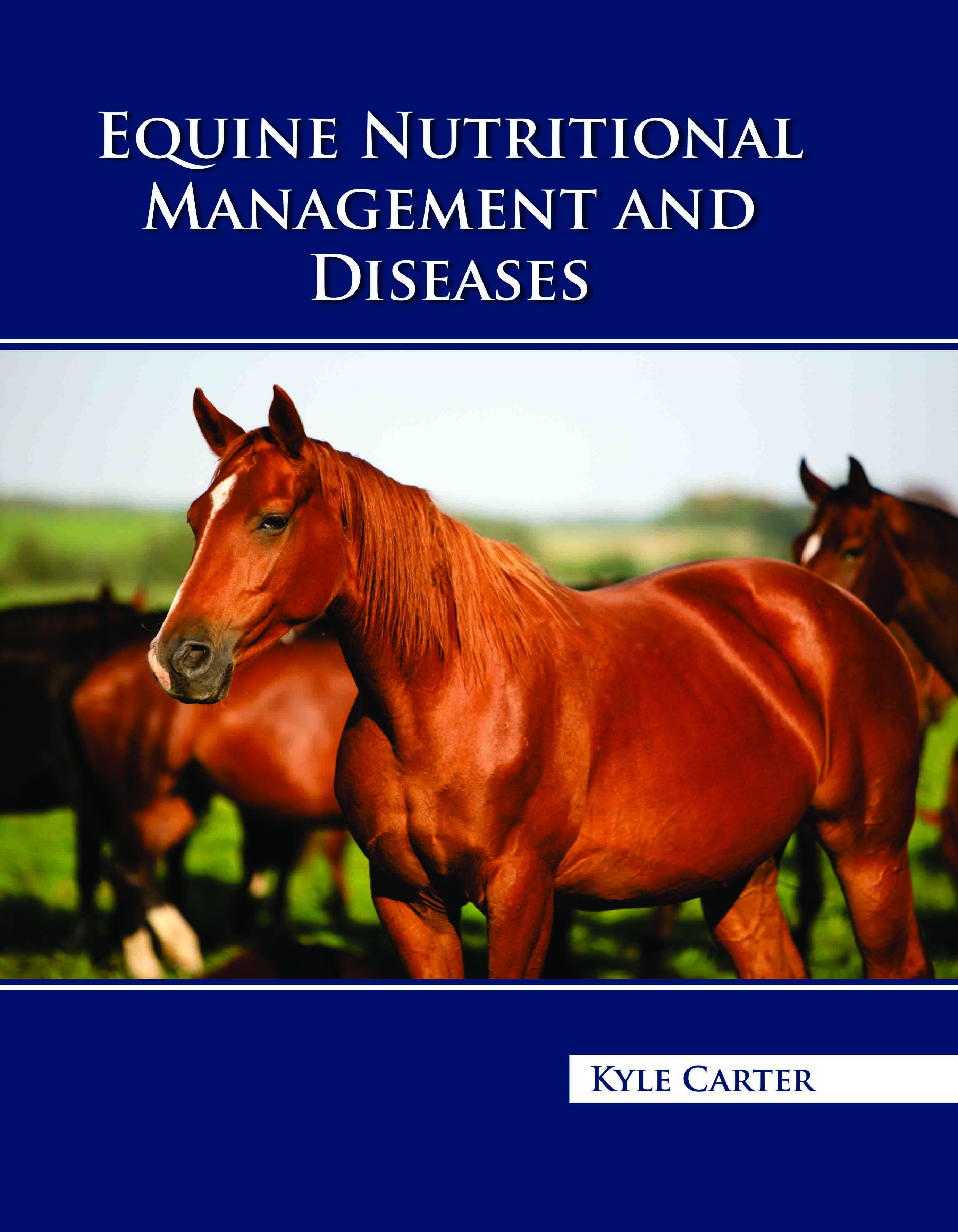
Equine Nutritional Management and Diseases
by Kyle Carter
| ISBN | 9789372623857 |
|---|---|
| Publisher | Digital Drive Learning |
| Copyright Year | 2026 |
| Price | $261.00 |

by Kyle Carter
| ISBN | 9789372623857 |
|---|---|
| Publisher | Digital Drive Learning |
| Copyright Year | 2026 |
| Price | $261.00 |
Meeting the protein, vitamin, mineral, and calorie requirements of typical healthy horses is part of nutritional management. Age, activity level, and stage of reproduction all have an impact on nutrient requirements, and commercial diets are available to meet the nutritional requirements of each lifestyle. Some horses have medical issues that can be better controlled with certain dietary adjustments. Simple nutritional deficits in horses are uncommon. Depending on the age and kind of horse, as well as the geographic location, the nutrients most likely to be insufficient include caloric sources, protein, calcium, phosphorus, copper, sodium chloride, and selenium. Deficit symptoms are typically vague, and diagnosing a deficiency can be problematic if numerous nutrients are deficient at the same time. The effects of increased parasitism and bacterial infection susceptibility may be overlaid on other clinical symptoms. Excessive consumption is more prevalent. Energy, phosphorus, iron, copper, selenium, and vitamin A are the nutrients most typically supplied in excess of demands, resulting in toxicity or caused nutritional shortages. Medical students and physicians, as well as other paramedical professionals such as medical technologists, nurses, and public health employees, should all have a fundamental understanding of human parasite infection diagnosis, prevention, and treatment. The purpose of this effort has been, and continues to be, to give such basic knowledge on animal illness, with a focus on horses.